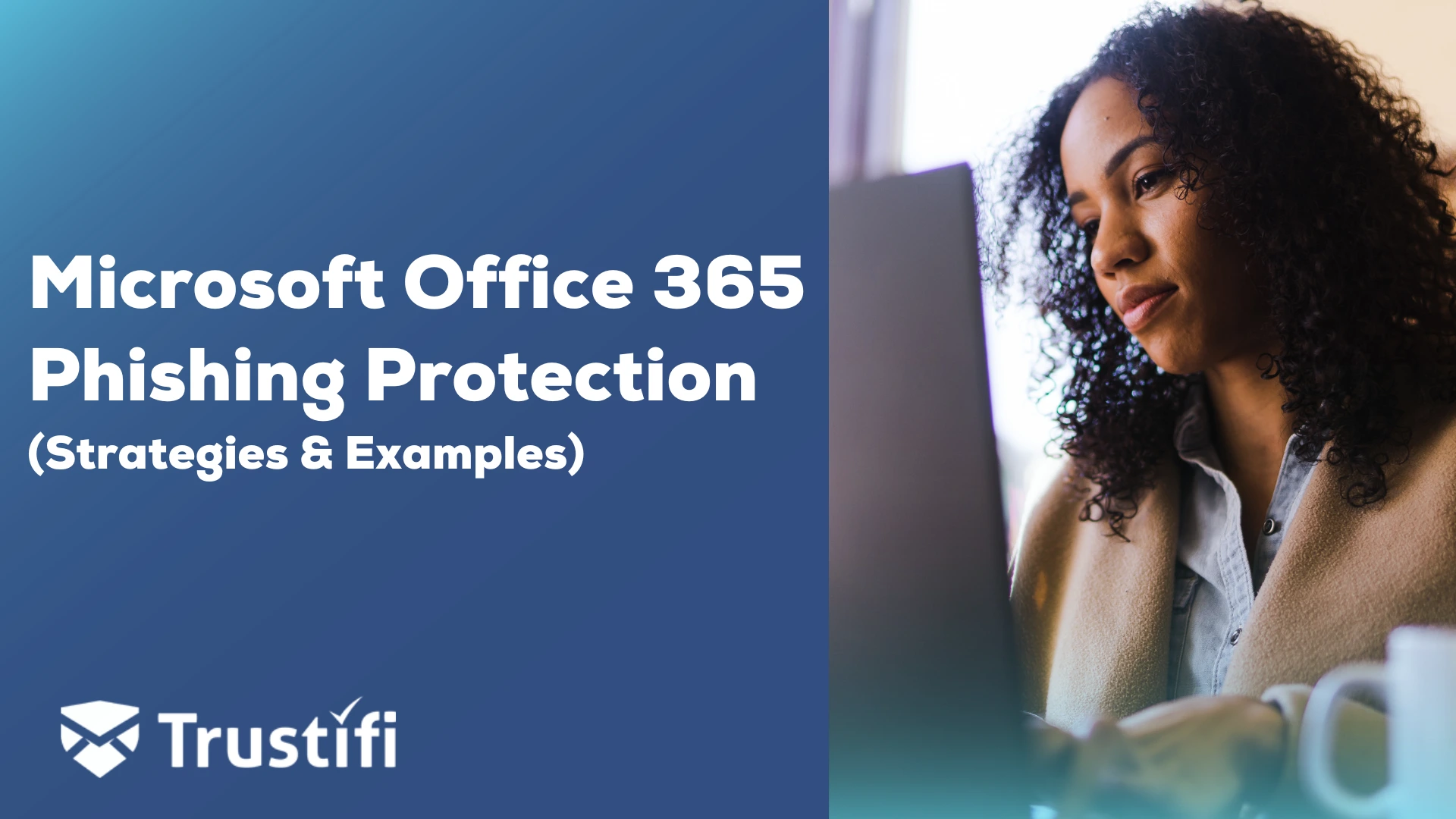Email phishing attempts sole purpose is stealing personal information. Hackers continue to create and alter the strategy regardless of the method to lure victims into disclosing their account numbers, passwords, and the mother’s middle name by sending out suspicious emails as part of a phishing campaign. Most phishing emails mask as legitimate messages attempting to lure victims to phishing websites.
Why is Phishing a Problem?
Phishing continues to be a global problem, with a continued growth in the success rate against phishing victims. Phishing is about exploiting people, not technology. These attacks have nothing to do with network attacks, denial-of-attacks, or a direct correlation to ransomware propagation. These attacks lure users with well-crafted emails to steal login credentials and personal details and intimidate potential victims.
Phishing emails often come disguised as legitimate, not malicious emails. They’re trying to trick you into giving away personal information. They might use fake websites and foreign characters to hide the URL.
Social engineering techniques, a critical phishing component, exploits are known methods. Hackers scowler social media sites for possibilities of finding more victims.
Cybercriminals use social media connections to learn more about the victim’s background. After harvesting enough personal background information, the hackers will use various types of email phishing scams, including:
- Spear Phishing Attacks
- Whaling Phishing Attacks
- Double Barrel Phishing Attacks
- Trap Phishing Attacks
- Clone Phishing Attacks
These methods often bypass legacy email gateway solutions because phishing emails are well-written to avoid these adaptive controls.
Phishers constantly develop tactics to avoid security systems and human intervention, so organizations must train employees to spot the latest tricks continuously. Phishing education is critical in stopping malicious attacks and other phishing attacks.
One rotten apple spoils the bunch, which is why it’s among the most critical threats to mitigate and the hardest because it relies on human defenses.
Common attacks leveraging social engineering could be vishing or smishing.
Voicemail and SMS Texting Attacks
Vishing, known as a voice phishing attack, is effective against the elderly. Many older people hearing a message from the IRS or a healthcare provider looking for payment will often return the number left by the hacker.
Smishing attacks leverage SMS texting to lure victims into contacting various short phishing messages. A phishing attack could be college students late paying their tuition receiving an imposter message from a hacker posing as a student loan company that will draw the student to disclose their personal information.
What is the Impact of a Successful Phishing Attack?
Once the hacker has the victim’s password, the cybercriminal will attempt several logins into public sites, including Amazon, Bank of America, and Netflix. Most individuals often will use the same email account and password across several general sites. Once a hacker exploits the user through malicious links and requests password changes, the criminal will steal the victim’s personal information, including:
- Credit card information
- Social Security Numbers
- Driver License ID
- Home Address
With this personal information, the hacker can impersonate the victim and attempt to get a loan or a mortgage or execute a wire transfer. The good news, most financial organizations, offer two-factor authentication and or require additional personal information before completing financial information.
A Sense of Urgency Attack Method
Attackers prey on people’s fears and a sense of urgency to get them to hasten. They often send emails claiming that someone else has done something wrong, such as changing your password or sending spam messages. Phishers try to make victims afraid, so they click links or open attachments. When they do, they install malware onto their computers
- A typical phishing scam usually sends an e-mail to as many people as possible, so the greetings are often generic.
- Phishers often use emotional appeals to persuade people to open attachments or click on links.
Trustifi Advanced Email Security with Comprehensive Protection for Anti-Phishing.
There is no full-proof solution to stop phishing attacks. Organizations have successfully combined Trustifi cloud-based advanced email security solutions with accurate threat intelligence. Trustifi’s ease-of-use management platform enables inbound and outbound email protection with a few clicks of the mouse. Other email security platforms require several days to set up and augment their solution with third-party products.
Trustifi’s consolidated strategy for email security combined several critical protection layers into one solution. Email and security teams can easily adjust the policies to stop phishing attacks, malicious links, business email compromise attacks, and suspicious attachments in emails, along with blocking outbound data exfiltration breaches caused by ransomware attacks.
Trustifi’s Inbound Shield imposes a layer of protection between your email system and the outside world. Inbound Shield readily identifies and blocks suspicious inbound emails using Artificial Intelligence (AI), machine learning(ML), and dynamic engines. Along with the inbound shield, Trustifi also merges all email security protection layers into one solution, including:
- The Trustifi Outbound Shield
- The Trustifi Data Loss Prevention
- The Trustifi cloud-based email archiving for e-discovery
- Trustifi Account Compromise Detection
Supporting all compliance and privacy mandates
Trustifi’s consolidated email security strategy for anti-phishing also supports many compliance and privacy mandates out-of-the-box with no additional cost, including:
Conclusion
Trustifi is a cyber security firm featuring solutions delivered on software as a service platform. Trustifi leads the market with the easiest-to-use and deploys email security products, providing both inbound and outbound email security from a single vendor.
As a global cybersecurity provider of both inbound and outbound email protection, Trustifi currently supports customers from countries including the USA, Canada, Brazil, the Dominican Republic, the UK, the Netherlands, India, the UAE, China, and Japan, Cyprus, the Philippines, and more. The company has also developed “One-Click Compliance” capabilities that cater to world security regulations, including PDPO for Hong Kong, POPI for South Africa, GDPR for Europe, and LGPD for Brazil.



